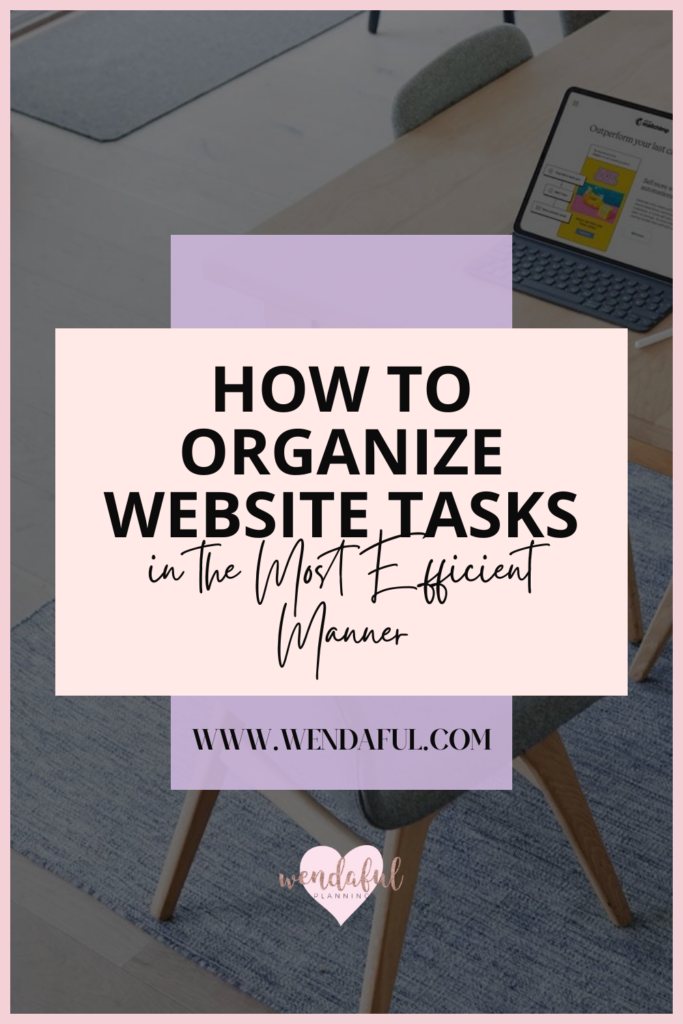Photo by Nick Morrison on Unsplash
Blogging has been around for quite some time – and yet it remains one of the most foundational aspects of launching any type of website. In 2022, WordPress hosted 70 million new blog posts per month which got 409 million monthly views. Some use it as a way to create passive income, while some use it in conjunction with video content and social media marketing. However, maintaining a blogging website isn’t that simple, and it requires efficiency and organizational skills to make sure you’re always pumping out content.
Table of Contents
Why Organization and SEO Goes Hand-In-Hand
This brings us to the connection between SEO and organization. To those who are unfamiliar, TechTarget defines search engine optimization or SEO as the act of raising a website’s visibility to have it ranked higher on search engine results. And when we say organization, we’re referring to both the website and the task. For instance, grouping relevant elements in a website and organizing content in a logical way makes it much easier for users to navigate your blog. The same applies to searching for related content.
Defining Your Website Priorities
One of the first steps to take is to define your website’s priorities. Are you running a blog as a creative outlet, as an affiliate-centric blog, or as a place to feature products and services? In the latter’s case, one of your priorities might be to register as a limited liability company or LLC. It’s a good idea to define your business structure and brand identity earlier on, as this dictates what you should prioritize when building your website. This also allows you to set long-term goals and think of the steps you should take to achieve them.
The Basics of Content Planning
Consistency is the key to keeping a blogging website relevant, but it’s easier said than done. From naming the website itself to coming up with blog posts and content, there should be a sense of cohesiveness that’s palpable to the audience. A domain name generator at Namechk can provide inspiration for your website domain or blog topics, and can even check domain availability for you. This also aids with brainstorming for similar project ideas, which is definitely necessary for the longevity of your blog.
Using the Right Project Management Tools and Software
Here at Wendaful, we’re big on tools and are constantly encouraging readers to use the resources at their disposal to make planning more manageable. For instance, you can make the most out of your Google Calendar by inputting tasks and deadlines and even setting custom notifications as often as you need. If you someday expand your blog and start working with a team, online calendars can also be shared with your colleagues. There are hundreds of helpful apps and websites on the market, so find one that suits your needs.
Taking It One Step at a Time
We advise keeping your personal and work planning separate. Having all of your tasks on one app can be daunting, and you might even end up mixing up deadlines. We recommend the app Susnama for digital planners because it syncs with your project management tool, email and more to help you plan out your day in a realistic way so you can get things done. Lastly, it’s important to take it one step at a time, especially if it’s your first time launching a blog. This way, you can ensure that you aren’t missing any steps and that your end product is just how you want it to be.
For more helpful articles, check out the rest of our blog here at Wendaful.com.


Make most of Google Calendar…
Totally agree…most of us are u aware of it’s all uses.
Great guide..thanks🤗